HarmonyOS Next Metaprogramming In-depth Exploration—Late-stage Macro Development
This article aims to deeply explore the technical details of Huawei HarmonyOS Next system and summarize them based on actual development practices. Mainly used as a carrier of technology sharing and communication, it is inevitable to miss mistakes. All colleagues are welcome to put forward valuable opinions and questions in order to make common progress. This article is original content, and any form of reprinting must indicate the source and original author. When developing HarmonyOS Next's distributed ORM framework, we encountered a difficult problem: How to make the data model definition simple and automatically generate efficient cross-device query code?The Late-stage macro gives the perfect answer.This article will share how we can use this black technology to achieve 3x performance improvement. 1. Semantic Perception Macro Design 1.1 Type Derivation Integration late macro Entity { analyze { $0.members.forEach { if let prop = $0.asProperty { // Extract attribute type annotation let type = prop.typeInfo generateColumn(type) } } } } // Use example @Entity class User { var id: Int var name: String } Creation period generation: Create SQL in database table Serialization/deserialization code Cross-device query adapter 1.2 Context-aware code generation late macro Distributed { analyze { guard let deviceAttr = $0.attributes["TargetDevice"] else { return } let deviceType = deviceAttr.value as! DeviceType generateDeviceSpecific(deviceType) } } @Distributed(TargetDevice: .car) class CarControl { ... } In the vehicle-machine collaboration scenario, this technology enables the accuracy of device-specific code generation to reach 100%. 2. Comparison of code generation modes 2.1 Compilation-time code generation graph LR A[source code] --> B[Late macro analysis] B --> C[Type Check] C --> D[generate AST] D --> E[Bytecode generation] ** Advantages**: No runtime overhead Complete type safety Deep compiler optimization 2.2 Runtime reflection scheme // Traditional reflection method (comparison group) func createInstance(type: T.Type) -> T { let meta = reflect(type) let obj = meta.alloc() meta.initialize(obj) return obj } Performance comparison (create 1000 objects): | Method | Time-consuming | Memory usage | |---------------|---------|----------| | Late-stage macro | 0.3ms | 0 | | Runtime Reflection | 12ms | 48KB | 3. Framework development practice 3.1 ORM automatic mapping implementation late macro Model { analyze { let tableName = $0.name let columns = $0.members.compactMap { ... } return quote { class $0.name_Table { static func createTable() { SQLite.execute(""" CREATE TABLE \(tableName) ( \(columns.map{ ... }.joined(separator: ",\n")) ) """) } } } } } Generate effect: Automatically generate table creation statements Compile period check field type Support distributed database synchronization 3.2 RPC interface generator late macro RPC { analyze { let methods = $0.methods.filter { ... } return quote { class $0.name_Stub { \(methods.map { method in """ func \(method.name)(\(method.params)) async -> \(method.returnType) { return await Channel.invoke( path: "\($0.name)/\(method.name)", args: [\(method.argNames)] ) } """ }) } } } } In cross-device service calls, the scheme enables: 70% reduction in interface definition code Serialization overhead reduced by 55% 90% of interface contract problems were found during compilation Archive Thoughts: At first we over-relied on runtime reflection, which resulted in the performance of the system on IoT devices not meeting standards.After refactoring through the Late-stage macro, not only does the performance increase by 3 times, but also the additional benefit of type checking during compile time is obtained.This confirms the saying of Huawei's chief architect: "The best runtime optimization is to solve problems during the compilation period".

This article aims to deeply explore the technical details of Huawei HarmonyOS Next system and summarize them based on actual development practices.
Mainly used as a carrier of technology sharing and communication, it is inevitable to miss mistakes. All colleagues are welcome to put forward valuable opinions and questions in order to make common progress.
This article is original content, and any form of reprinting must indicate the source and original author.
When developing HarmonyOS Next's distributed ORM framework, we encountered a difficult problem: How to make the data model definition simple and automatically generate efficient cross-device query code?The Late-stage macro gives the perfect answer.This article will share how we can use this black technology to achieve 3x performance improvement.
1. Semantic Perception Macro Design
1.1 Type Derivation Integration
late macro Entity {
analyze {
$0.members.forEach {
if let prop = $0.asProperty {
// Extract attribute type annotation
let type = prop.typeInfo
generateColumn(type)
}
}
}
}
// Use example
@Entity
class User {
var id: Int
var name: String
}
Creation period generation:
- Create SQL in database table
- Serialization/deserialization code
- Cross-device query adapter
1.2 Context-aware code generation
late macro Distributed {
analyze {
guard let deviceAttr = $0.attributes["TargetDevice"] else { return }
let deviceType = deviceAttr.value as! DeviceType
generateDeviceSpecific(deviceType)
}
}
@Distributed(TargetDevice: .car)
class CarControl { ... }
In the vehicle-machine collaboration scenario, this technology enables the accuracy of device-specific code generation to reach 100%.
2. Comparison of code generation modes
2.1 Compilation-time code generation
graph LR
A[source code] --> B[Late macro analysis]
B --> C[Type Check]
C --> D[generate AST]
D --> E[Bytecode generation]
** Advantages**:
- No runtime overhead
- Complete type safety
- Deep compiler optimization
2.2 Runtime reflection scheme
// Traditional reflection method (comparison group)
func createInstance(type: T.Type) -> T {
let meta = reflect(type)
let obj = meta.alloc()
meta.initialize(obj)
return obj
}
Performance comparison (create 1000 objects):
| Method | Time-consuming | Memory usage |
|---------------|---------|----------|
| Late-stage macro | 0.3ms | 0 |
| Runtime Reflection | 12ms | 48KB |
3. Framework development practice
3.1 ORM automatic mapping implementation
late macro Model {
analyze {
let tableName = $0.name
let columns = $0.members.compactMap { ... }
return quote {
class $0.name_Table {
static func createTable() {
SQLite.execute("""
CREATE TABLE \(tableName) (
\(columns.map{ ... }.joined(separator: ",\n"))
)
""")
}
}
}
}
}
Generate effect:
- Automatically generate table creation statements
- Compile period check field type
- Support distributed database synchronization
3.2 RPC interface generator
late macro RPC {
analyze {
let methods = $0.methods.filter { ... }
return quote {
class $0.name_Stub {
\(methods.map { method in
"""
func \(method.name)(\(method.params)) async -> \(method.returnType) {
return await Channel.invoke(
path: "\($0.name)/\(method.name)",
args: [\(method.argNames)]
)
}
"""
})
}
}
}
}
In cross-device service calls, the scheme enables:
- 70% reduction in interface definition code
- Serialization overhead reduced by 55%
- 90% of interface contract problems were found during compilation
Archive Thoughts: At first we over-relied on runtime reflection, which resulted in the performance of the system on IoT devices not meeting standards.After refactoring through the Late-stage macro, not only does the performance increase by 3 times, but also the additional benefit of type checking during compile time is obtained.This confirms the saying of Huawei's chief architect: "The best runtime optimization is to solve problems during the compilation period".
















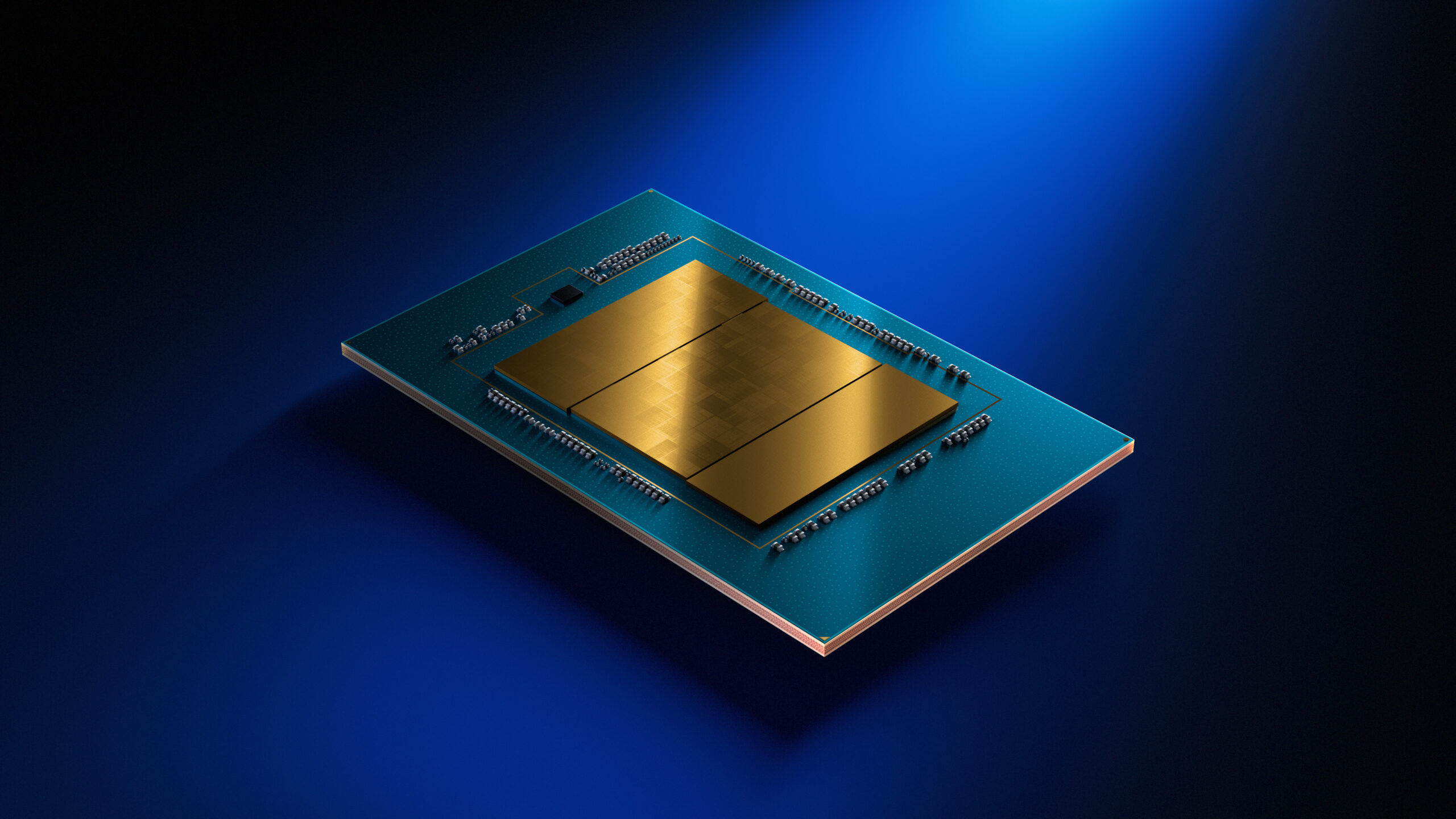

























































































































































![[The AI Show Episode 146]: Rise of “AI-First” Companies, AI Job Disruption, GPT-4o Update Gets Rolled Back, How Big Consulting Firms Use AI, and Meta AI App](https://www.marketingaiinstitute.com/hubfs/ep%20146%20cover.png)














































































































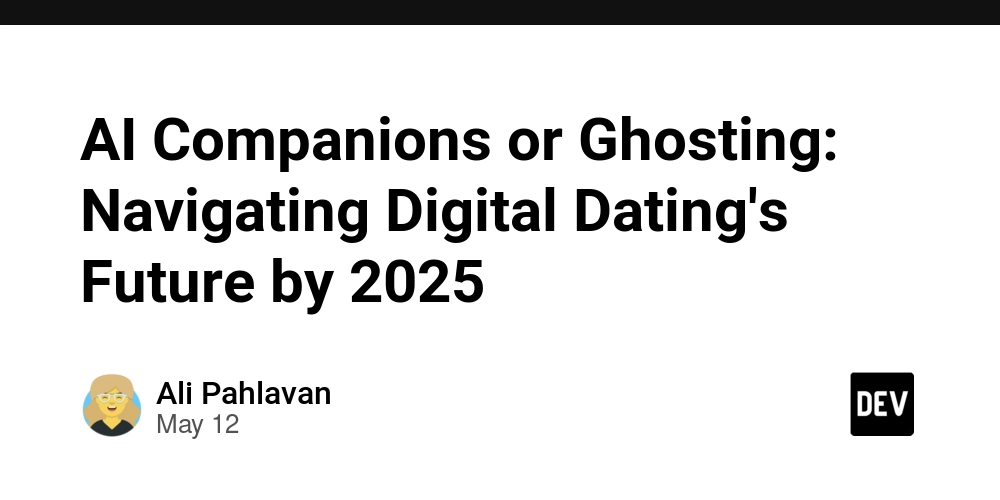




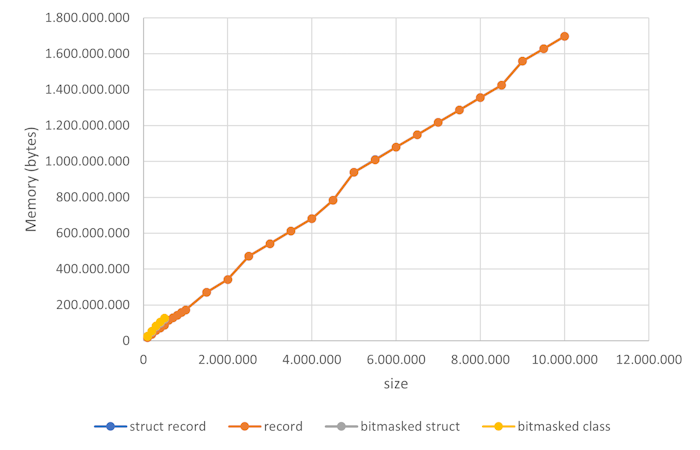











![[DEALS] Internxt Cloud Storage Lifetime Subscription: 10TB Plan (88% off) & Other Deals Up To 98% Off – Offers End Soon!](https://www.javacodegeeks.com/wp-content/uploads/2012/12/jcg-logo.jpg)
![Ditching a Microsoft Job to Enter Startup Purgatory with Lonewolf Engineer Sam Crombie [Podcast #171]](https://cdn.hashnode.com/res/hashnode/image/upload/v1746753508177/0cd57f66-fdb0-4972-b285-1443a7db39fc.png?#)































































































































![So your [expletive] test failed. So [obscene participle] what?](https://regmedia.co.uk/2016/08/18/shutterstock_mobile_surprise.jpg)












































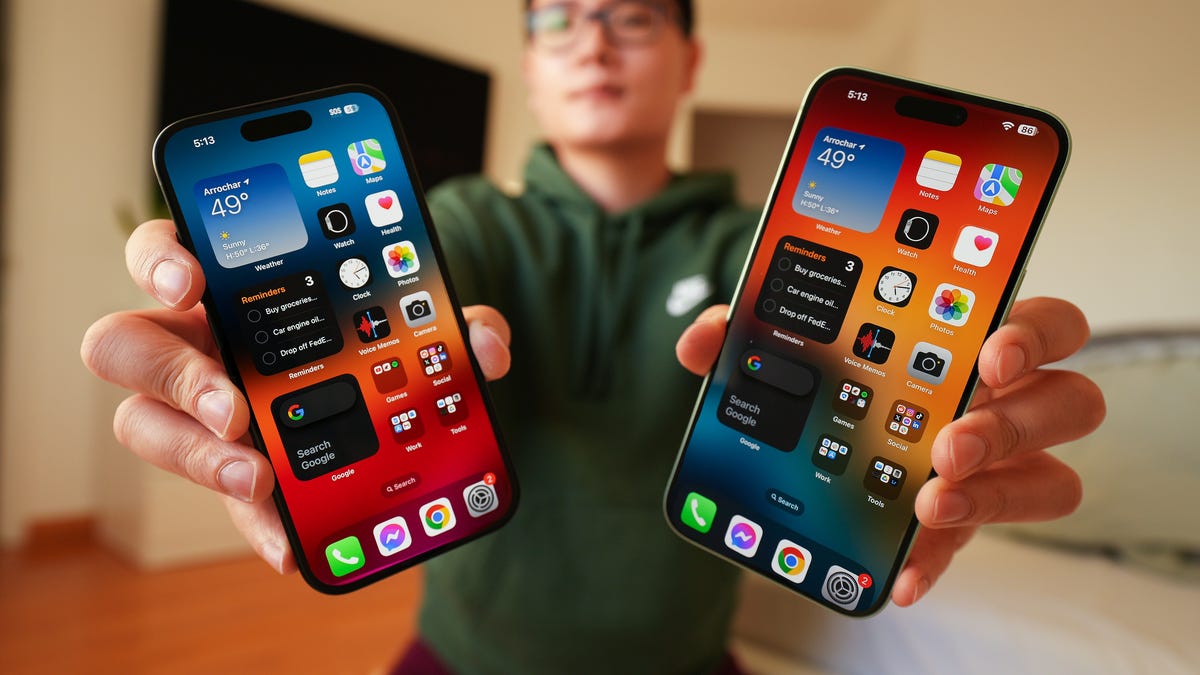










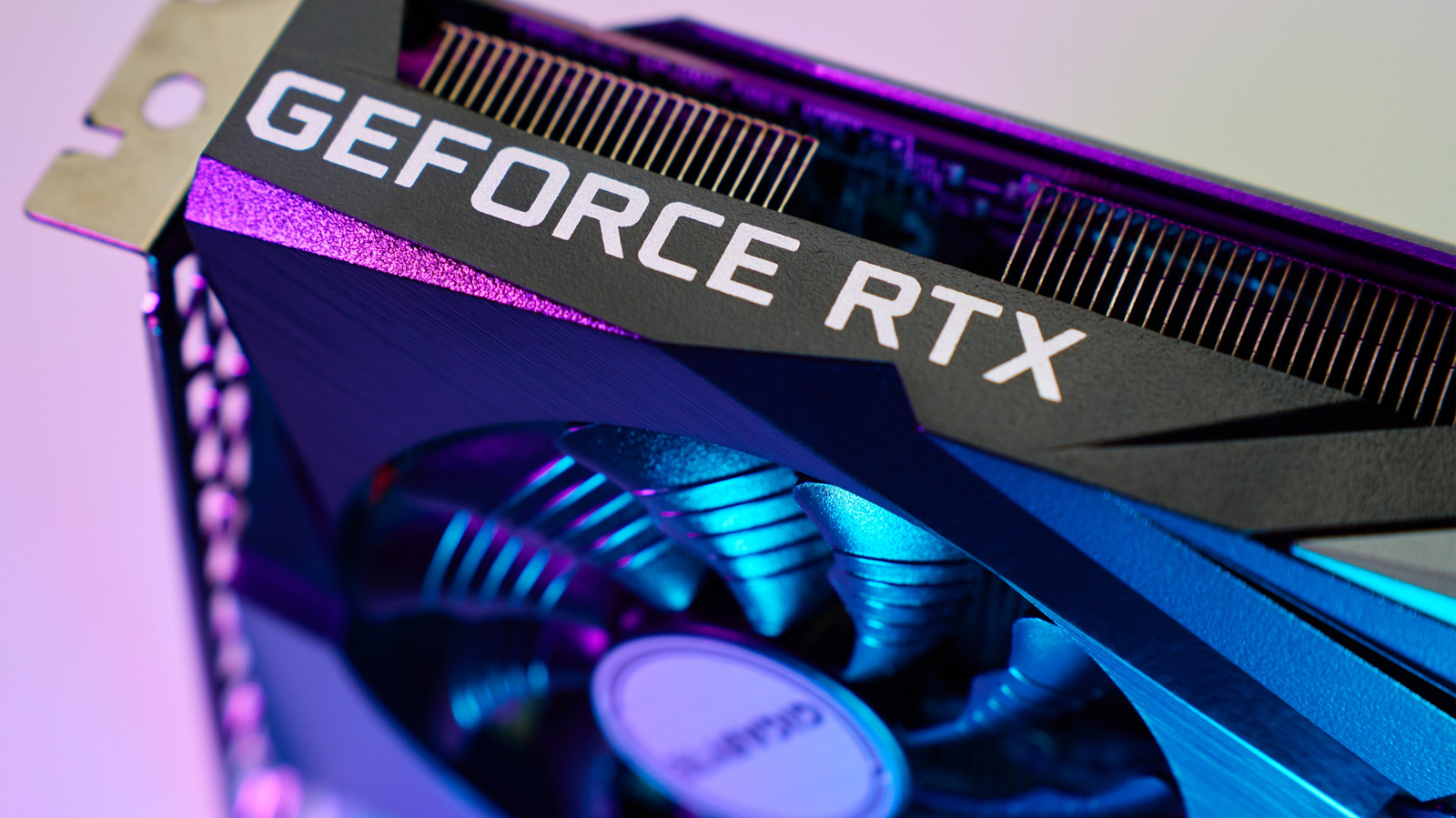








































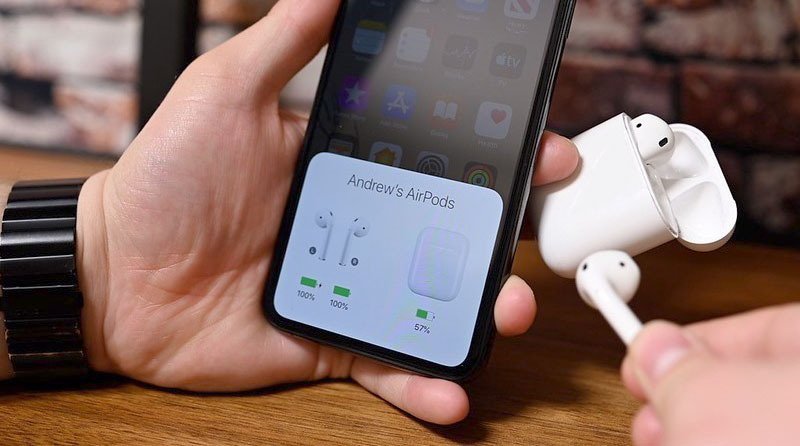













![[Fixed] Gemini 2.5 Flash missing file upload for free app users](https://i0.wp.com/9to5google.com/wp-content/uploads/sites/4/2025/03/google-gemini-workspace-1.jpg?resize=1200%2C628&quality=82&strip=all&ssl=1)


![As Galaxy Watch prepares a major change, which smartwatch design to you prefer? [Poll]](https://i0.wp.com/9to5google.com/wp-content/uploads/sites/4/2024/07/Galaxy-Watch-Ultra-and-Apple-Watch-Ultra-1.jpg?resize=1200%2C628&quality=82&strip=all&ssl=1)











![Apple Shares 'Last Scene' Short Film Shot on iPhone 16 Pro [Video]](https://www.iclarified.com/images/news/97289/97289/97289-640.jpg)
![Apple M4 MacBook Air Hits New All-Time Low of $824 [Deal]](https://www.iclarified.com/images/news/97288/97288/97288-640.jpg)
![An Apple Product Renaissance Is on the Way [Gurman]](https://www.iclarified.com/images/news/97286/97286/97286-640.jpg)
![Apple to Sync Captive Wi-Fi Logins Across iPhone, iPad, and Mac [Report]](https://www.iclarified.com/images/news/97284/97284/97284-640.jpg)








































![Apple's 11th Gen iPad Drops to New Low Price of $277.78 on Amazon [Updated]](https://images.macrumors.com/t/yQCVe42SNCzUyF04yj1XYLHG5FM=/2500x/article-new/2025/03/11th-gen-ipad-orange.jpeg)




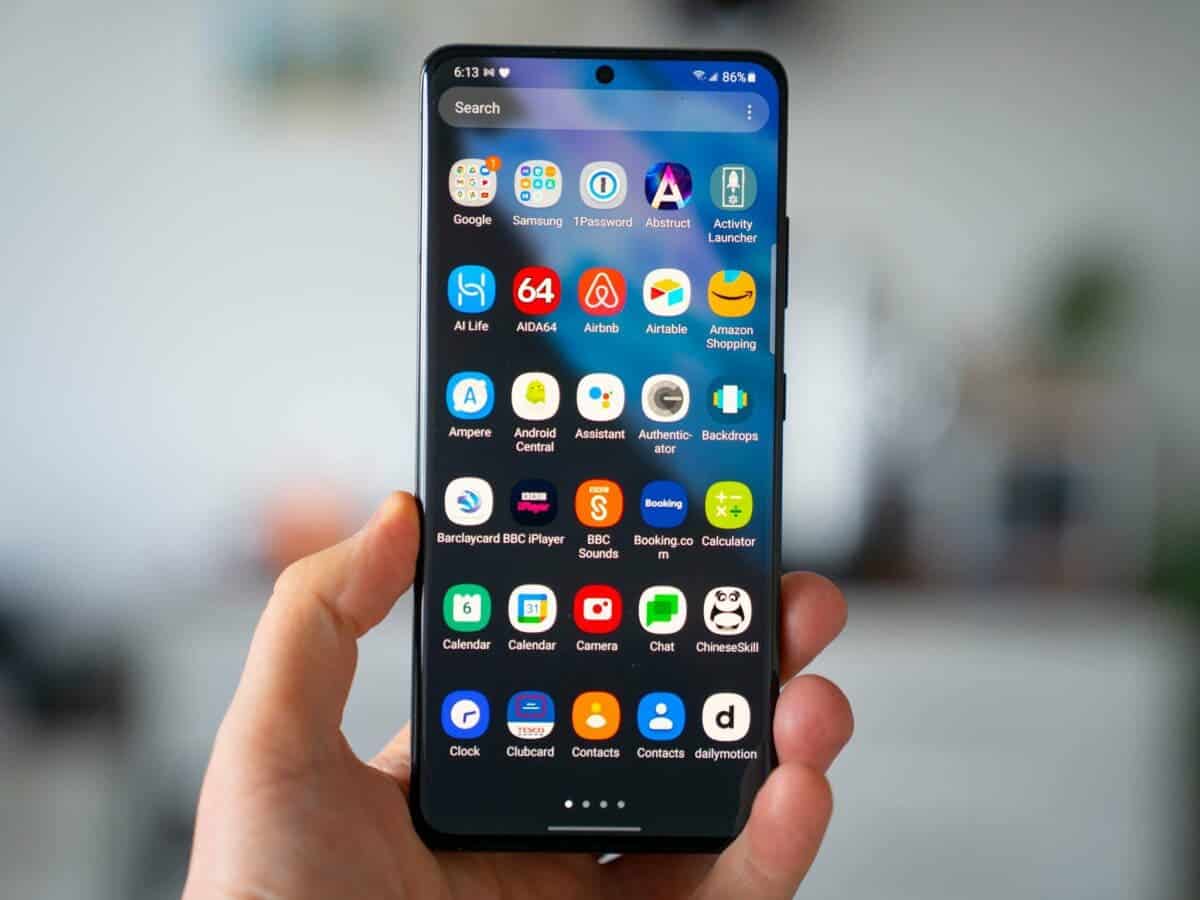


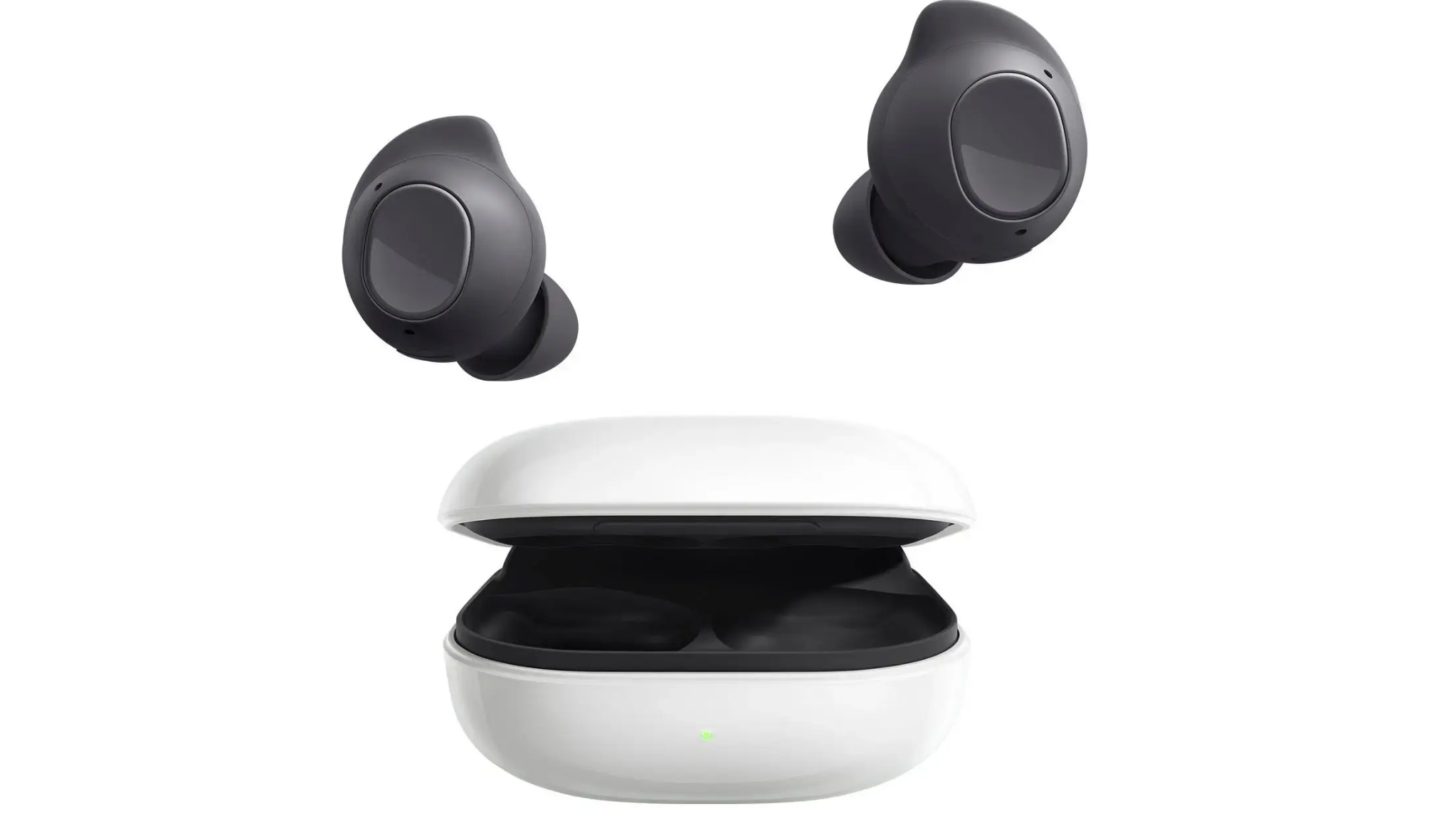













































![[Snowflake's New Feature] Introducing Generation 2 Standard Warehouses: A Performance Comparison](https://media2.dev.to/dynamic/image/width=800%2Cheight=%2Cfit=scale-down%2Cgravity=auto%2Cformat=auto/https%3A%2F%2Fdev-to-uploads.s3.amazonaws.com%2Fuploads%2Farticles%2F00uobwchfzze3bdrvbqw.png)

